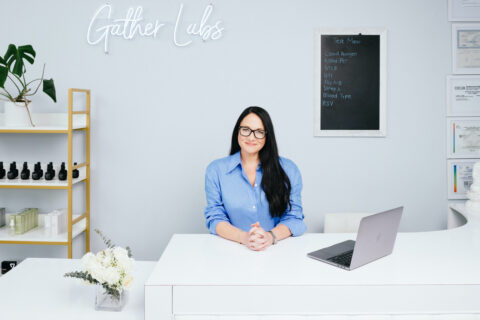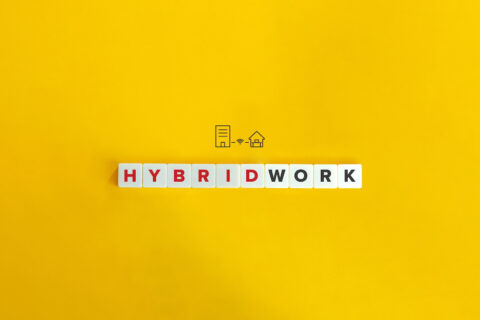
If you’re ready to plan your company event or party, the first thing that comes to mind generally isn’t health and safety.
Work events and parties are an integral part of your company culture. Use them to their fullest advantage, and don’t get burned by solely focusing on providing employees with a good time.
When you prioritize health and safety issues at company events it will mitigate injuries, emotional or physical—occurrences that could lead to bad feelings, worker’s comp issues, or lawsuits.
Ensure your next company event is safe for attendees and promote healthy choices and behavior. This agenda coupled with providing a good time is the goal.
Health and safety at company events
Start with health and safety standards. Under the OSH Act, employers are responsible for providing a safe and healthful workplace. If you haven’t nailed it down or reviewed it for a while, now’s the time.
Since company events are more social and relaxed than a regular work day, a standard company-wide memo is important.
Safety concerns aren’t limited to physical well-being, emotional and psychological safety issues are essential.
-
Are the demographics of your workforce culturally or socially diverse?
-
How will you encourage mindfulness around different customs and behavioral norms? What may be fun or acceptable to one person, may be offensive to someone else.
-
Will the company event be outside or inside? Think through the potential areas where accidents may occur.
-
If something goes wrong, how will you handle it? Is there a procedure in place?
Pre-event workplace health and safety checklist
An impromptu health and safety announcement during an event doesn’t resonate well with attendees.
Instead, conveniently schedule your health and safety policy reviews before the event. Before you raise a glass, review or renew the following documents:
-
Evacuation protocols
-
Sexual harassment policies
-
Workplace safety practices
-
CPR and first aid certifications and protocols
-
Locations of health and safety equipment
-
Emergency phone numbers
-
Cultural awareness training
Working knowledge of the psychology behind promoting workplace safety is key to communicating your goals. Identify strategies that will motivate employees to adhere to company policies. For example, if you want to share safety tips for warehouse workers develop safety culture in the warehouse. For example, “provide a suggestion box where employees can submit ideas for creating a safer environment.”
Provide ‘tipsy’ transportation alternatives
Company events are a prime time to blow off steam. This often means alcoholic beverages are on tap and flowing. But no one relishes waking up hung over with memories of embarrassing party antics.

Alcohol consumption can also be a major safety concern. Even a few drinks can put someone over the legal driving limit. Consider a car-key check-in/check-out service at the bar. Provide breathalyzer tests so departing employees can be sure they’re okay to drive home.
Eliminate driving altogether by offering employees incentives: uber car service, public transportation, or taxi reimbursements, for instance. You can also provide a reward program for employees who volunteer to be designated drivers, and help them arrange a carpool.
De-emphasize alcohol consumption by placing the bar far from the entrance, issue limited alcoholic beverage coupons, or highlight signature non-alcoholic cocktails.
Ensure your workplace is up to code
If the event will take place in the office, this is an excellent time to ensure your space is up to code.
-
Is all your safety housekeeping in order?
-
Will you take the festivities outside? If so, take note of possible hazards.
-
Do you need handicap or wheelchair access?
-
If cooking or BBQs will be involved, ensure hot surfaces and sharp objects are only accessible to those using them.
-
If children will be present, take necessary extra precautions.
-
First aid kits and health equipment should be fully stocked and easily accessible.
If you expect a large crowd, assign day-of spotters to keep an eye on things and be aware of who has allergies, asthma, diabetes, or other health concerns. Meet with your spotter crew pre-event to create action plans should something go awry.
Provide healthy food options
A major consideration at social gatherings is food. This can easily double as a workplace wellness opportunity. Skip sugary and processed bites. Provide whole food options.

Add a community angle by sourcing from a nearby farm that is certified organic and practices humane animal treatment. Eating local has been shown to have many benefits.
Choose a catering company that specializes in creative, fresh, nutrition-rich dishes. Food allergies, sensitivities, and dietary restrictions limit choices for many people. Create food signage as needed. Before any event, ask employees to provide information about food preferences.
Provide ‘healthy-fun’ activities and entertainment
Activities and entertainment is another way to shift the focus away from the bar and toward healthier fun alternatives. Hire a band, DJ, comedian or someone to teach line dancing. Movement, laughter, and group fun are great ways to unwind and unify coworkers.
Set up games or activities (e.g., tug-o-war, softball, or horseshoes). A quick search will turn up a number of fun office party ideas.
Prior to an event, create team contests or voluntary assignments. Collaborate on pre-event activities (e.g. skits, community outreach, etc.) that small groups can work together on and present at the event. Inspire participation and a little competitive spirit with rewards.
Company event health and safety, the right way
Event planning is a big task. Start with a comprehensive health and safety checklist. Add to it during the planning process early. Post-event, review what went right and what was overlooked.
Ask employees for input. This feedback is useful to provide health and safety measures at company events. Once you cover all the bases, you will be free to have the engaging experience these occasions are meant to provide.
This article has been edited.
TJ Scimone founded Slice, Inc. in 2008. As CEO, he has pioneered a unique and safer line of cutting tools, from scissors to utility knives, box cutters to craft knives. TJ worked with world-renowned engineers to develop Slice’s proprietary finger-friendly® blade edge and award-winning ergonomic handles. Safety is always the driving factor behind all Slice innovation. Connect with @slicetweet on Twitter.
© YFS Magazine. All Rights Reserved. Copying prohibited. All material is protected by U.S. and international copyright laws. Unauthorized reproduction or distribution of this material is prohibited. Sharing of this material under Attribution-NonCommercial-NoDerivatives 4.0 International terms, listed here, is permitted.












